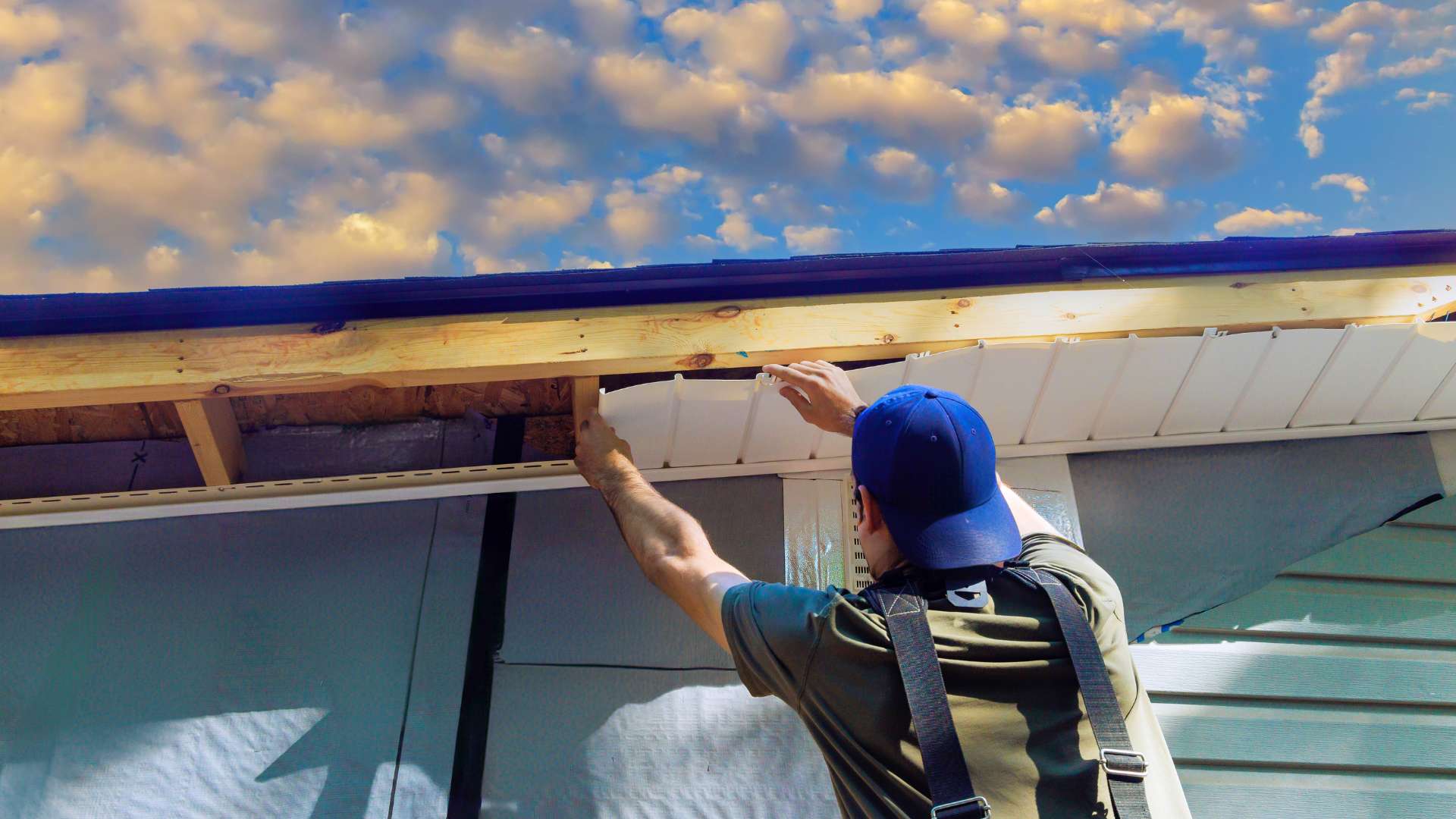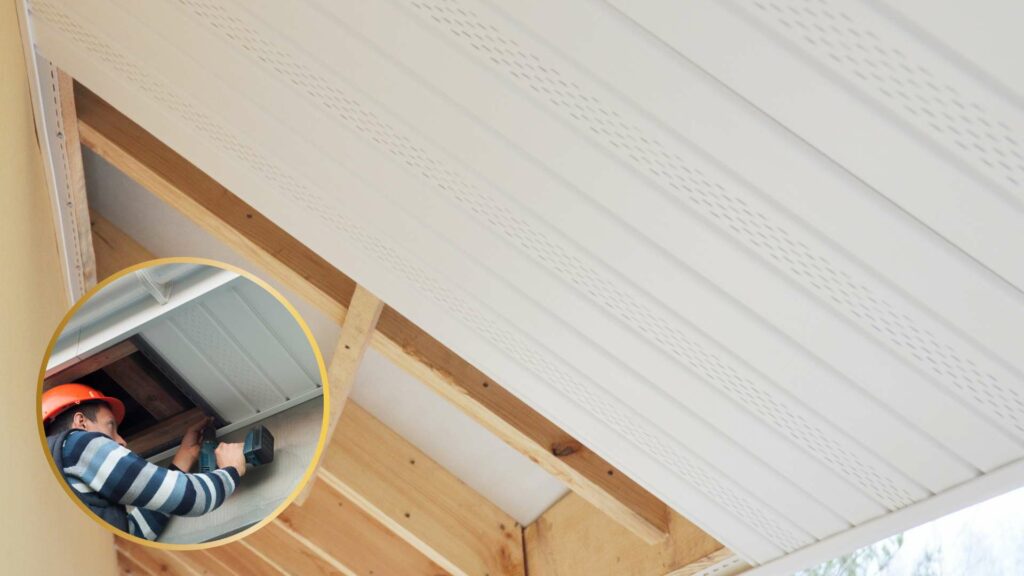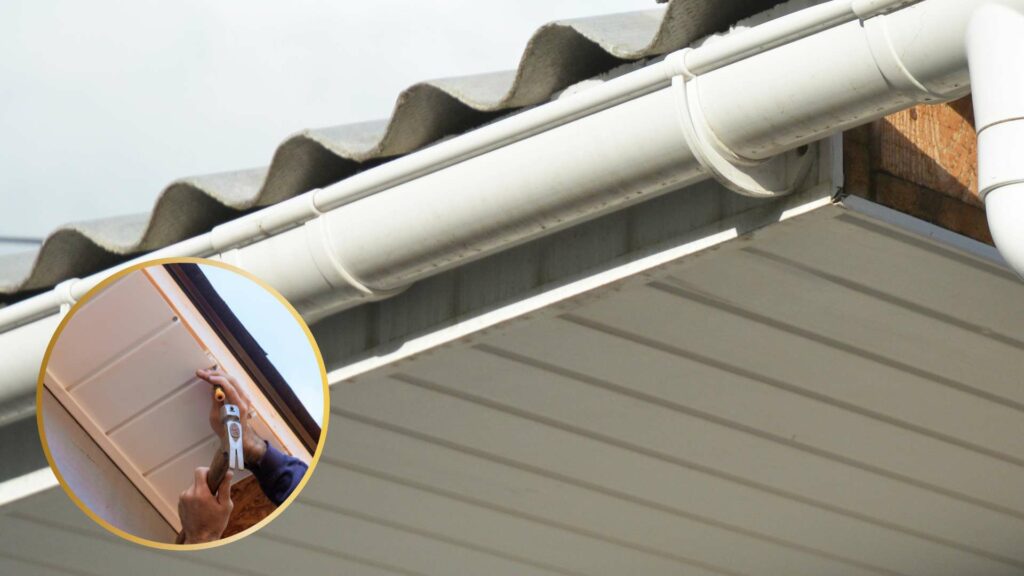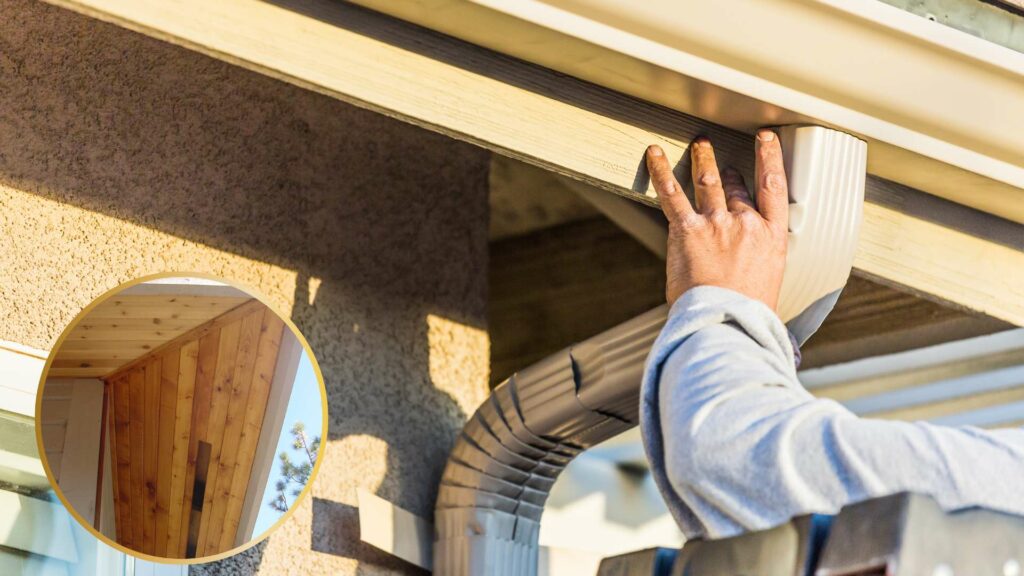
Most homeowners think Fascia Boards are just a decorative part of the roof, but they are actually very important. They protect the roof and your home. If you are putting on a new roof or having issues with your current fascia boards, you should think about getting new ones. There are many different types of fascia boards available. You should look at the pros and cons of each type and match them with your needs and budget to choose the best one for your home.
Fascia Boards run along the length of the roof, right below the roof tiles or shingles, and are attached to the end of the roof truss. They support the gutters and seal the roof from the weather.




Modern house repair and renovation often involve plastering, applying stucco, and painting the wood fascia board and walls. Wood fascias are the most common type of fascia board and are usually made from cedar, redwood, pine, spruce, or fir. You can prime and paint them to match your house's style.
Pros:
Cons:
PVC fascia boards are made from plastic, the same material used for pipes and tubes, but they resemble wood-based fascia boards. They have a key advantage over wood in that they are more resistant to rot and still look good. PVC fascia boards are available in a wide variety of colors and can be painted to match your preferences. However, since PVC expands, it's best to use glue and headed nails to secure the boards to your roof.
Pros:
Cons:
Composite fascia boards are made from recycled wood chips, plastic, and sawdust bonded with epoxy resin. Though not as popular as wood, they are gaining popularity due to their benefits.
Pros:
Cons:
Aluminum fascias are becoming popular as they are considered an improved version of wood trim. Although they are more expensive, they offer high durability, reducing fascia and soffit repair issues.
Pros:
Cons:
Vinyl fascias are ideal for DIY installation and are commonly used for soffits, meeting building code standards. They can easily match or complement siding.
Pros:
Cons:
Fascia boards mainly protect the edge of the roof from moisture. The edges of a sloped roof are vulnerable because rainwater can get under the shingles. Wind can also push rainwater into the roof from different directions, so a strong board is needed to protect these areas. Fascia boards also make the roof look nicer and provide a place to attach gutters. Their vertical position is perfect for K-style gutters because the square back of the gutters fits well with minimal gaps.
Keeping your roofline in good condition is crucial for your home's structural integrity, and fascia boards play a key role in this. Here are some benefits of fascia boards and reasons to consider investing in them:
Fascia boards, like other parts of the roof, need maintenance. Wooden fascia boards can rot, so watch for blisters or cracks in the paint. The spots where gutter fasteners go into the fascia are also weak points. If you see signs of rot, get your fascia boards fixed by a trusted roofing contractor quickly. Ignoring this can lead to moisture getting into your roof and may cause the gutter fasteners to fall off.
Installing fascia boards can be a complex task, especially if you're dealing with different materials or have noticed damage that needs repair. For best results, it's important to call a professional roofing contractor for the installation. They have the experience and tools to ensure the fascia boards are installed correctly, which helps in preventing moisture infiltration, supporting the gutter system, and maintaining the structural integrity of your roof. A professional can also help you choose the right type of fascia board that fits your home's needs and your budget.